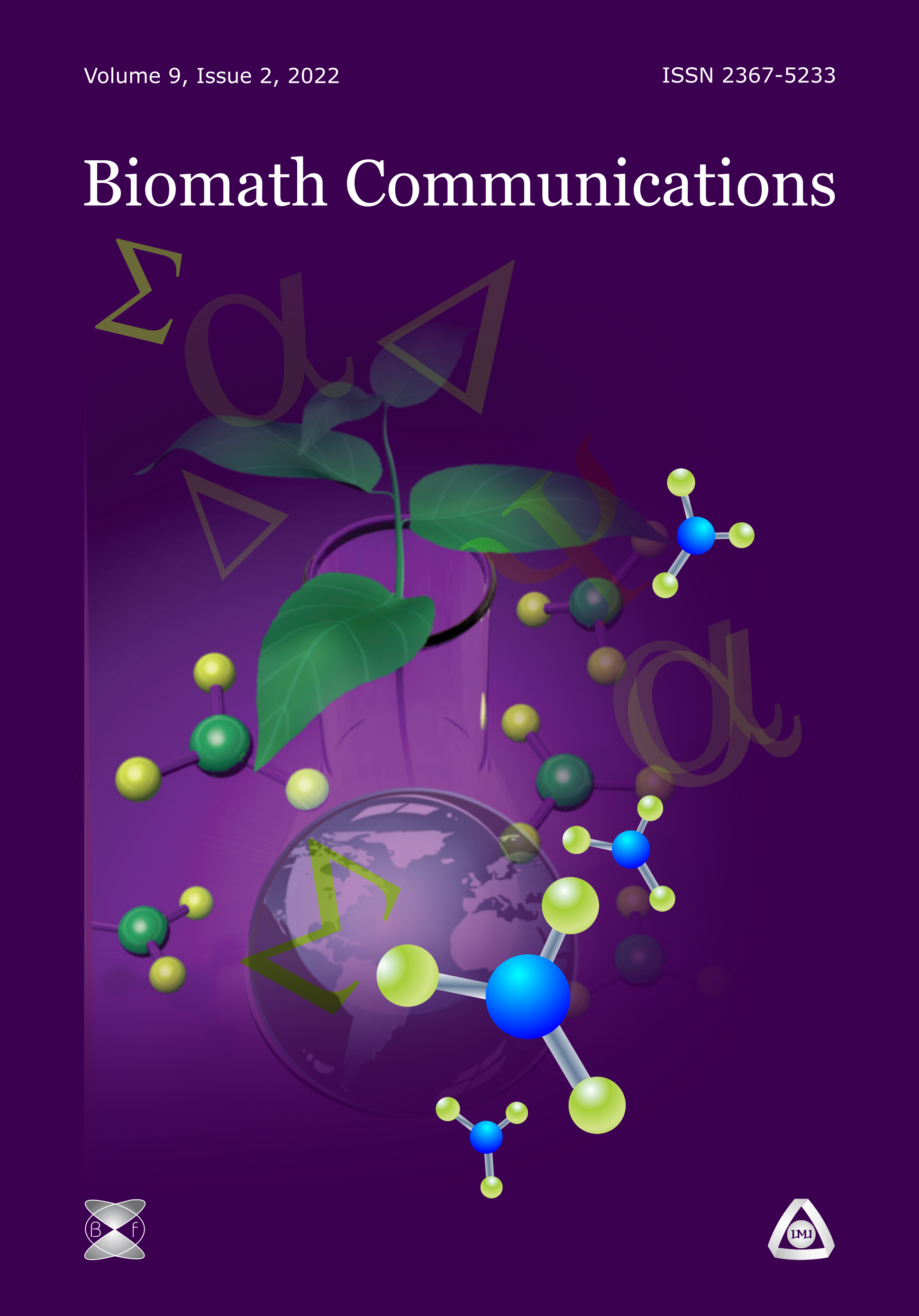Uses of Methods with Result Verification for V&V Assessment in Biosciences
DOI:
https://doi.org/10.11145/426Abstract
Computer-based simulation is an inherent part of almost every modern technological, engineering, or scientific study. Such simulations are especially profitable in sciences concerned with leaving organisms and, in particular, humans, since they are able to generate suggestions without the need to test them on actual subjects. An example of a complex multidisciplinary project in biosciences is MobileBody (former PROREOP [1]) at the University of Duisburg-Essen, which joines the efforts of several research groups from the areas of medical science, physics, computer graphics, and scientific computing in order to develop biomechanical models for describing the human skeleton. Based on these models, the researchers are able to simulate a variety of tasks (e.g., human motion) and, in this way, assist physicians or surgeons in choosing suitable therapies for patients. For example, one of the goals was to simulate bone prosthesis fitting in order to arrive at a reduced number of test prostheses used for hip replacement [2].
In spite of the fact that we rely more and more on simulation-based assertions, the question of their reliability (or, in general, the ability of models to reflect the reality) often remains unexplored, which is hazardous in safety-critical applications. This is the reason why a separate research direction, verification and validation (V\&V) assessment of computer-based models, has emerged, pioneered in the 1990s by scientists from the area of computational fluid dynamics [3]. The goal of this research is to develop compilation of requirements allowing users to classify and categorize their problems or processes simply by employing an assessment procedure or a criterion from a catalogue. Such methodologies often rely on analytically solvable special cases and benchmark examples. It is often difficult to apply the developed principles to another problem so that there is still no definite step-by-step V&V procedure available to an engineer. The classical methodologies reflect the world view of a numerical mathematician, leaving out improvements a computer scientist or a software engineer might offer.
The uncertainty present in most of the models impedes reliability studies even further. In other words, researchers lack absolute knowledge regarding their process and its input data. The four major sources of uncertainty are, first, uncertainty about the used model (is it the right one to describe the phenomenon?); second, possible numerical discretization; third, uncertainty in model parameters (e.g., due to measurement errors); fourth, the finite nature of floating-point arithmetic.
In this talk, we will give an overview of the possibilities for V&V assessment of computer-based models and simulations offered by methods with result verification [4]. Such methods provide a mathematical guarantee that the result obtained on a computer is actually correct [5]. In particular, this helps to deal with problems arising due to the second and fourth sources of uncertainty. As an additional advantage, bounded uncertainty (e.g., arising from the third source) can be handled В with their help rather intuitively. Our (ideal) goal is to devise an all-encompassing verification procedure closing the gap in the traditional V&V methodologies. This would be impossible without appropriate software frameworks, definite steps toward which are the programs UniVerMeC [6] and SmartMOBILE [4] described in this talk. Aside from providing a general idea about the traditional V&V assessment and that based on result verification approaches, we concentrate on case studies of their application using examples from the area of biomechanics and other biosciences, in particular, modeling and simulation of body segment motion [7] and bone prosthesis fitting [2].
[1] www.uni-due.de/mechanikb /forschung/projekte.php
[2] E. Auer et al., Verification and validation for femur prosthesis surgery, Dagstuhl Seminar Proceedings, Germany, 2010.
[3] H. Henninger et al., Validation of computational models in biomechanics, Journal of Engineering in Medicine 224.7 801--812, 2010.
[4] E. Auer, Result verification and uncertainty management in engineering applications, В Habilitation, Verlag Dr.Hut, 2014.
[5 ]R. Moore et al., Introduction to interval analysis, Philadelphia, 2009.
[6] S. Kiel, E. Auer, A. Rauh, An environment for testing, verification and validation, Reliable Computing 19.3 302--317, 2014.
[7] E. Auer, W. Luther, Uses of new sensitivity and DAE solving methods in В martMOBILE, AMCS 19.3, 455--467, 2009.
Downloads
Published
Issue
Section
License
The journal Biomath Communications is an open access journal. All published articles are immeditely available online and the respective DOI link activated. All articles can be access for free and no reader registration of any sort is required. No fees are charged to authors for article submission or processing. Online publications are funded through volunteer work, donations and grants.
Authors who publish with this journal agree to the following terms:
- Authors retain copyright and grant the journal right of first publication with the work simultaneously licensed under a Creative Commons Attribution License 4.0 that allows others to share the work with an acknowledgement of the work's authorship and initial publication in this journal.
- Authors are able to enter into separate, additional contractual arrangements for the non-exclusive distribution of the journal's published version of the work (e.g., post it to an institutional repository or publish it in a book), with an acknowledgement of its initial publication in this journal.
- Authors are permitted and encouraged to post their work online (e.g., in institutional repositories or on their website) prior to and during the submission process, as it can lead to productive exchanges, as well as earlier and greater citation of published work (See The Effect of Open Access).

